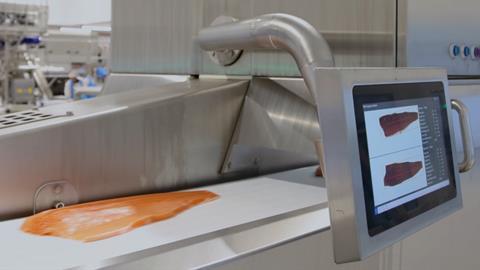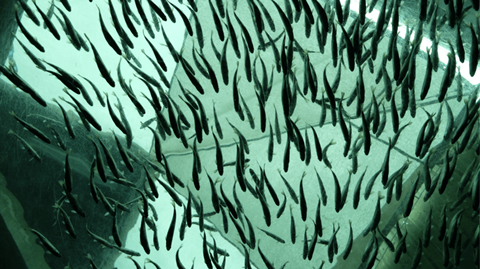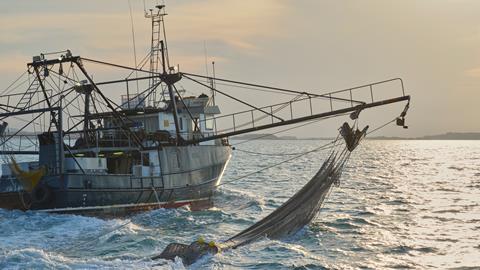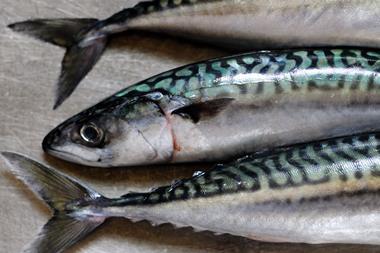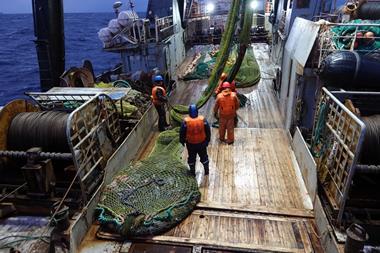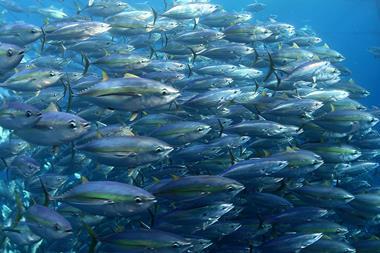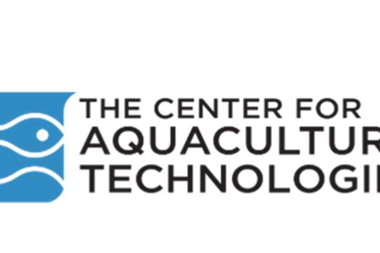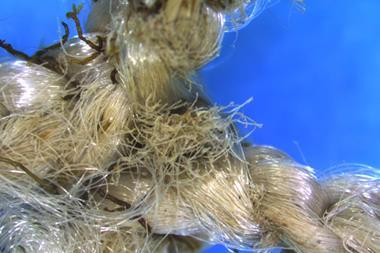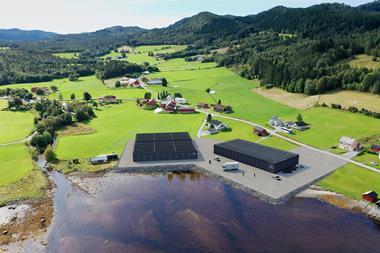Causing rapid death and high mortality rates, Pacific Oyster Mortality Syndrome (POMS) has devastated oyster farming worldwide. The disease is caused by the virus Ostreid Herpesvirus type 1 (OsHV-1) and is capable of killing farmed Pacific oysters (Crassostrea gigas) within days of detection. Commercial juveniles, or spat, are particularly at risk of POMS mortality on farms, with some reporting stock losses of up to 90%. In New Zealand, where the virus was detected for the first time in the North Island in 2010, farmers have been struggling to stay afloat amidst terrible impacts.
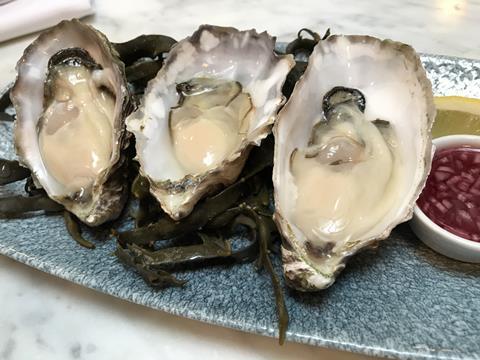
“The disease spread rapidly along the coast of the North Island in 2010, and was discovered in almost all oyster farming areas in the North Island that same year,” Lizenn Delisle, shellfish physiologist at the Cawthron Institute in Nelson told WF. “A year later, we detected the virus in the north part of the South Island, where our research centre is based, and at a farm a few hundred kilometres away. Thanks to techniques such as selective breeding, survival rates have improved, but there is still a strong demand from the oyster farming industry to develop new mitigation strategies and limit the impact of POMS.”
Together with her colleague Julien Vignier, Delisle is leading a team of scientists at the Cawthron Institute to develop a vaccine to protect oysters from POMS, following a breakthrough in understanding shellfish immune memory. Work began following research that revealed how the artificial immune elicitor [Poly (I:C)] could trigger an immune response in shellfish and that shellfish have a form of immune memory. In other words, when exposed once to a pathogen, they are likely to respond better if they are exposed for a second time.
Seasonal susceptibility
Funded by the New Zealand government’s Endeavour Fund, the project has successfully identified 10 potential vaccine candidates from 45 options and is now testing their effectiveness. The vaccine is made from inactivated virus and fed to juvenile oysters in small quantities in seawater mixed with algae, which the oysters feed on. The oysters then take in the vaccine as they filter the water. The goal is to prime their immunity and make them stronger when they later encounter the virus.
“Ideally we want to administer the vaccine only once because there is a critical window during the summer when the seawater is above a certain temperature,” said Vignier. “At this temperature, the oysters are more susceptible to the virus, and when they’re young they are particularly vulnerable. The idea is to prime them during the summer months before they go out onto the farms, to protect them long enough so that when they reach a certain age, they are not as susceptible.”
The team also hope to vaccinate oysters in different life stages, such as the larval or adult stages, to potentially transfer protection against POMS between generations. Part of the project is to test the hypothesis surrounding a parental transfer of immunity, said Vignier, and reprogramming the epigenome. The idea would be to treat a few parent oysters that would then produce offspring that are protected long enough to survive on farms. “We would control the spawning in our hatchery, treat the parents and protect the larvae and spat that they produce as offspring,” said Vignier.
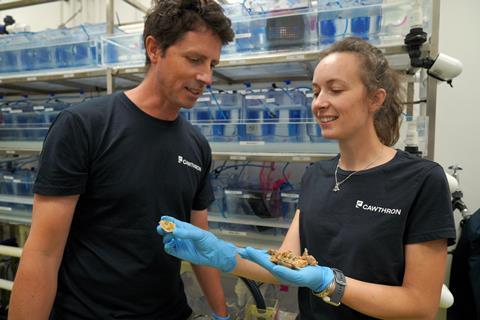
Wider application
The concept for this vaccine is also likely to protect other types of shellfish. Because POMS only infects Pacific oysters, it’s unlikely that the vaccine can be transferred directly to other species, but Delisle and Vignier believe that the concept and research could eventually be applied to other pathogens and species, extending to other diseases in farmed shellfish.
One species of particular interest in New Zealand is the green-lipped mussel (Perna canaliculus), which has great economic importance in the country. Work has also been underway to learn from specific genetic lines of oyster that aren’t impacted by POMS.
“Some oyster families are more or less resistant to the disease, so it’s very common to compare them, mostly through transcriptomics, to understand which genes are involved in resistance and/or immune response,” said Delisle. “This kind of work also helps us to further understand why some oysters might resist better than others. However, there are challenges. We know that the environment can have an effect, as well as the genetics of the animal in question, its metabolism and any associated microbiota. POMS is a very complex disease, and there is no one reason why some oysters are more vulnerable than others.”
Global potential
As the new vaccine continues to develop, oyster farmers can make use of a range of tools and strategies to better prevent and mitigate the impact of disease on their farms, said Delisle and Vignier. Examples include the implementation of biosecurity measures and farming oysters in the intertidal zone and exposing them to air to ensure that they are more robust.
Selective breeding has also been successful in New Zealand, said Vignier, but this is an expensive endeavour that not all farmers can access. Hopes are high that with the vaccine, farmers will have another key tool that will allow them to be even better prepared for disease.
“This is a very new subject with a lot of competitiveness,” said Delisle. “It’s a global effort and we currently have a few teams in France and Australia working on it. At the moment, we are focusing mostly on New Zealand because demand for the vaccine emerged here and it has been well accepted but we do have interest from the wider shellfish farming industry.”
“At the end of the day, this vaccine is a global priority, and hopefully the science will progress quickly,” said Vignier. “The commercial potential of the vaccine in New Zealand is small because the country’s oyster industry is small, around 1,500 or 2,000 tonnes a year. However, a lot of countries worldwide produce Pacific oysters and they are also impacted by the various issues related to POMS so there are definitely some opportunities.”
Pacific oysters are a popular and valuable oyster species. Now, the clock is ticking to see when the vaccine will be put to full use on a commercial scale.






